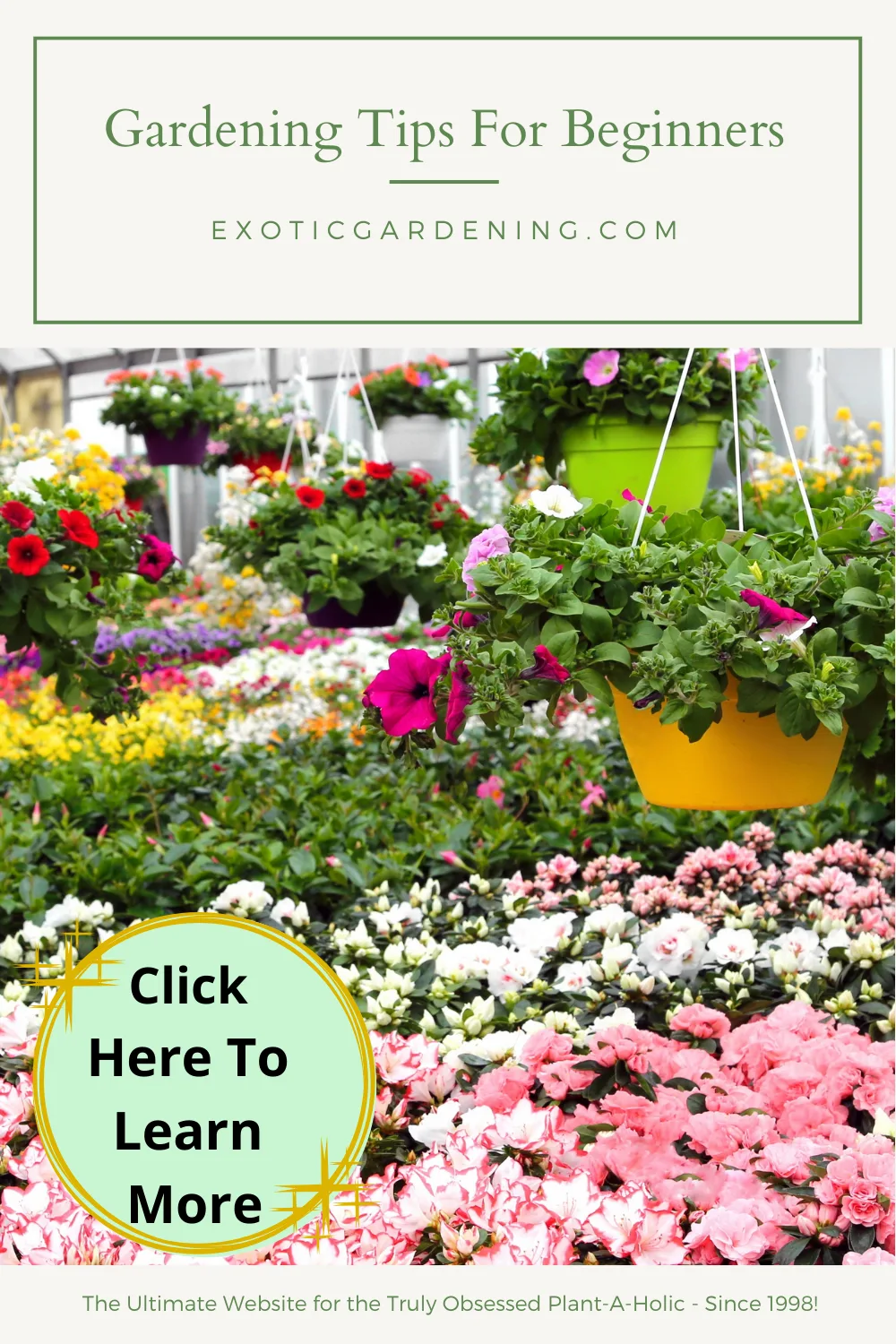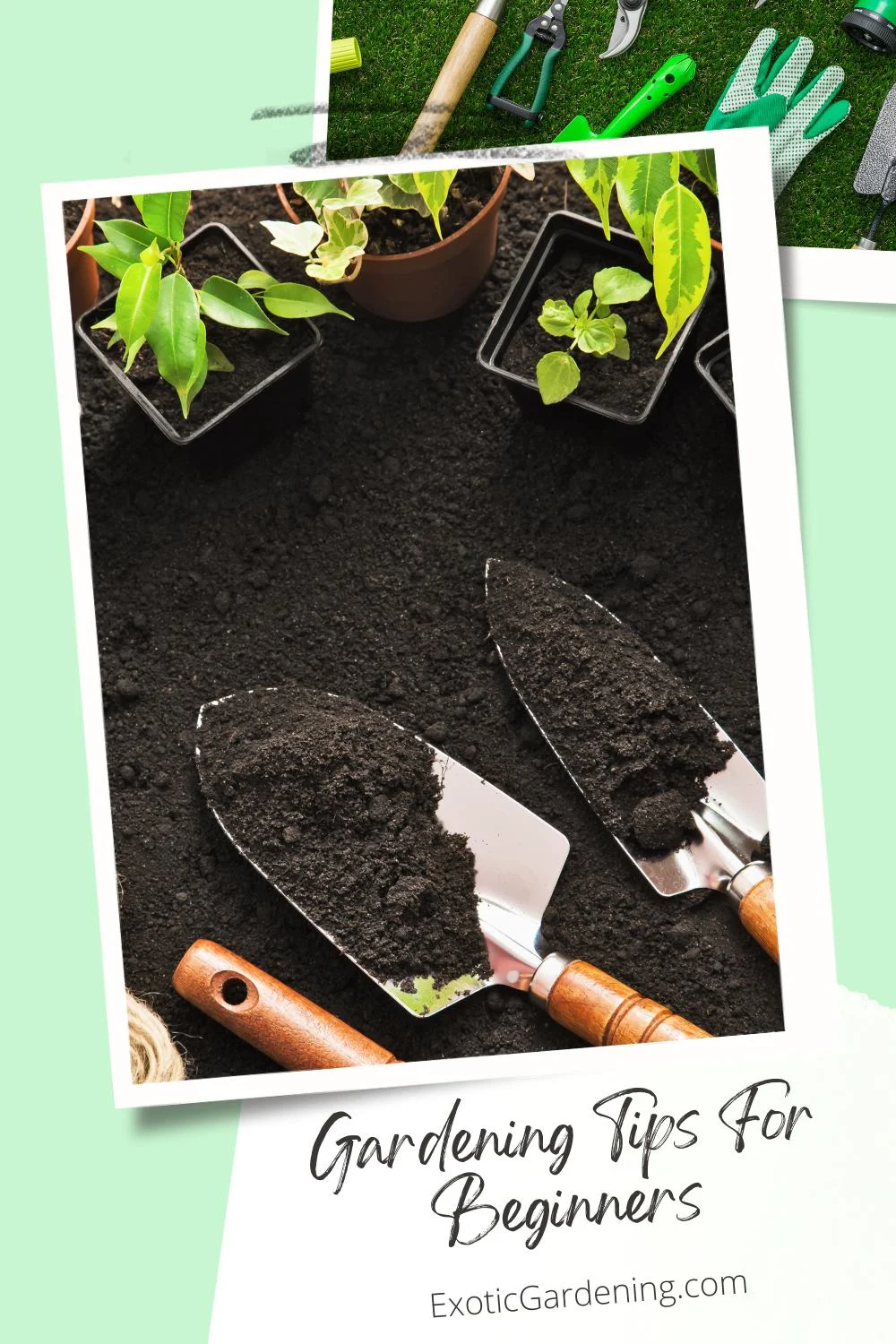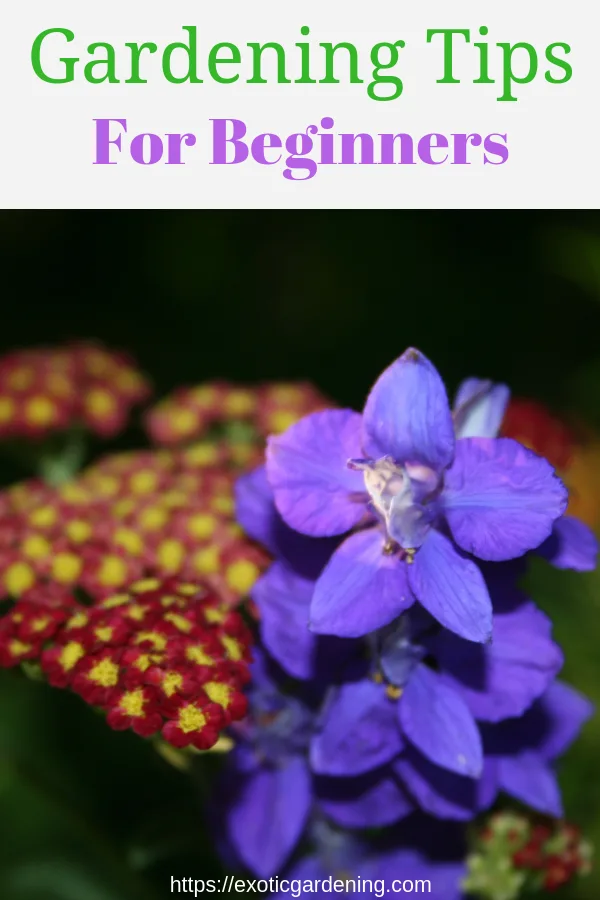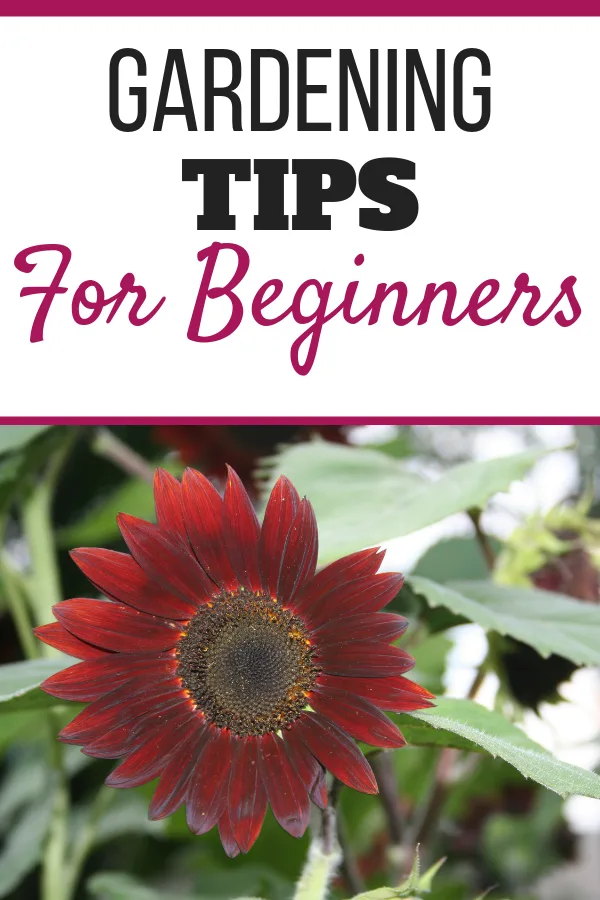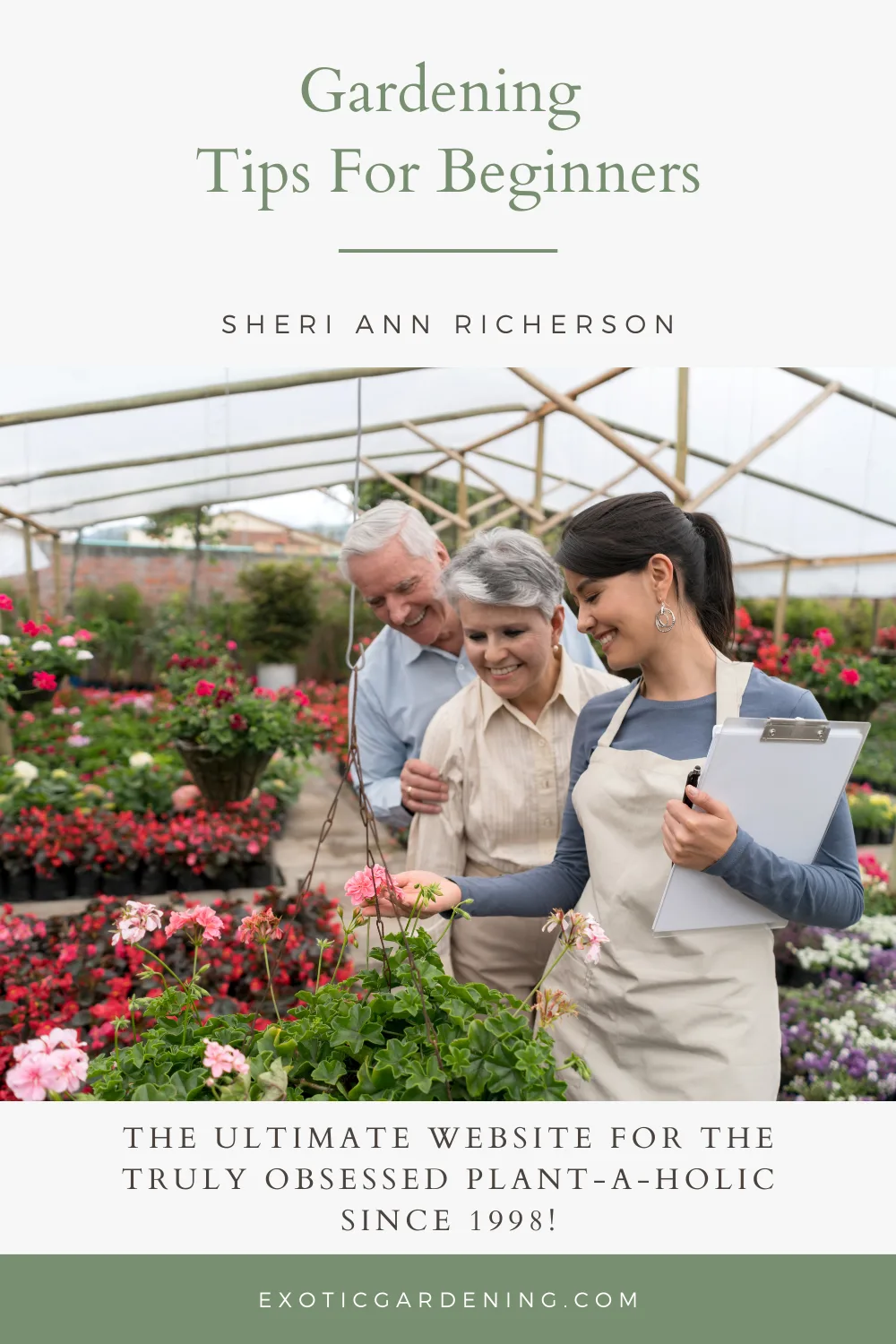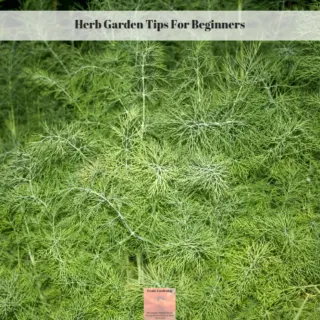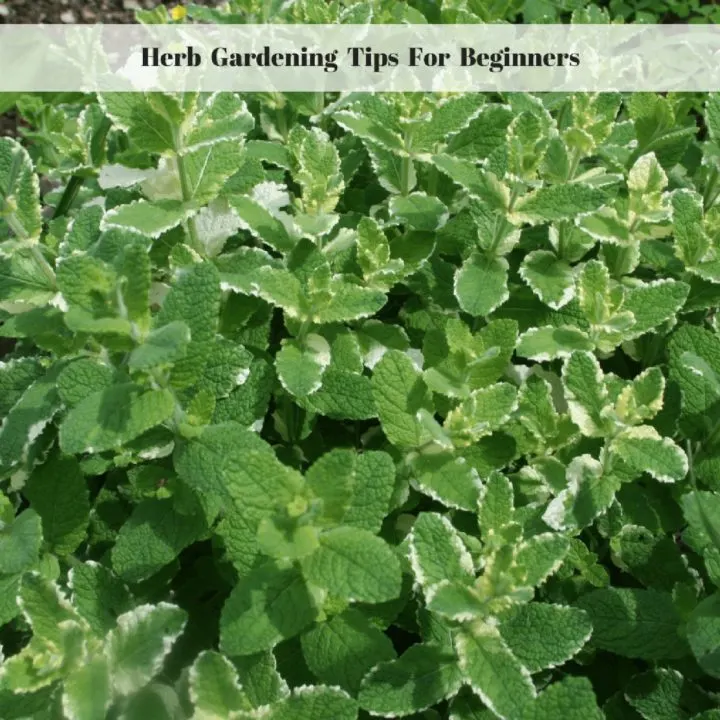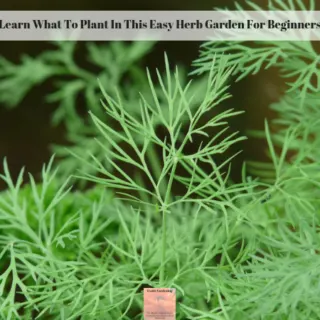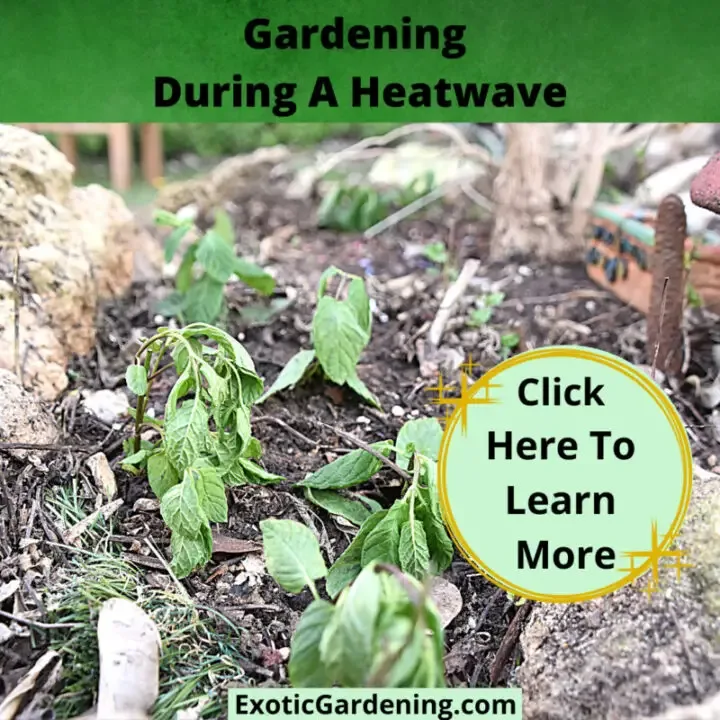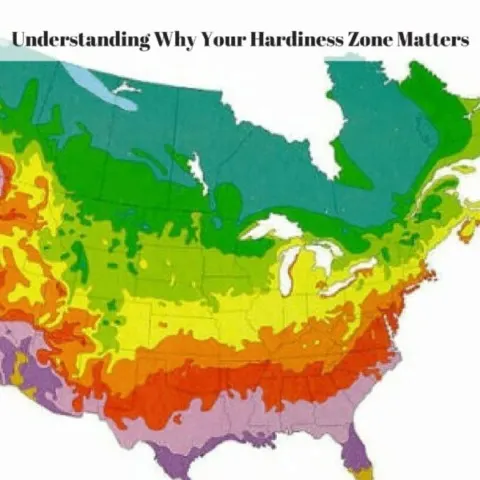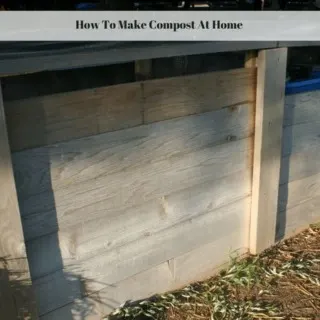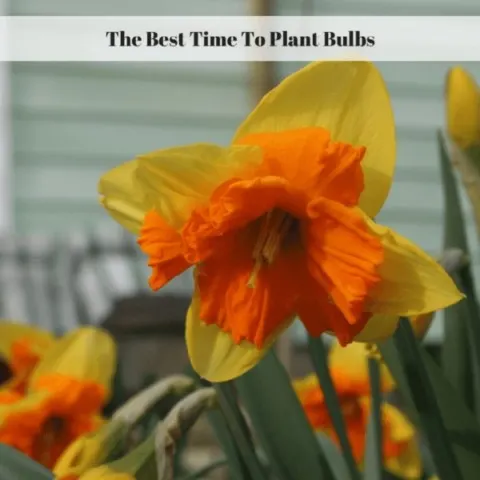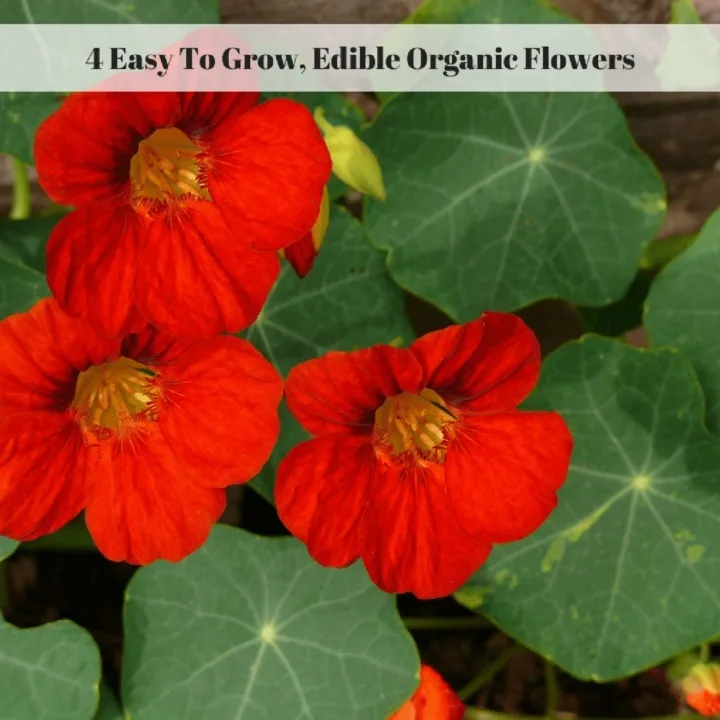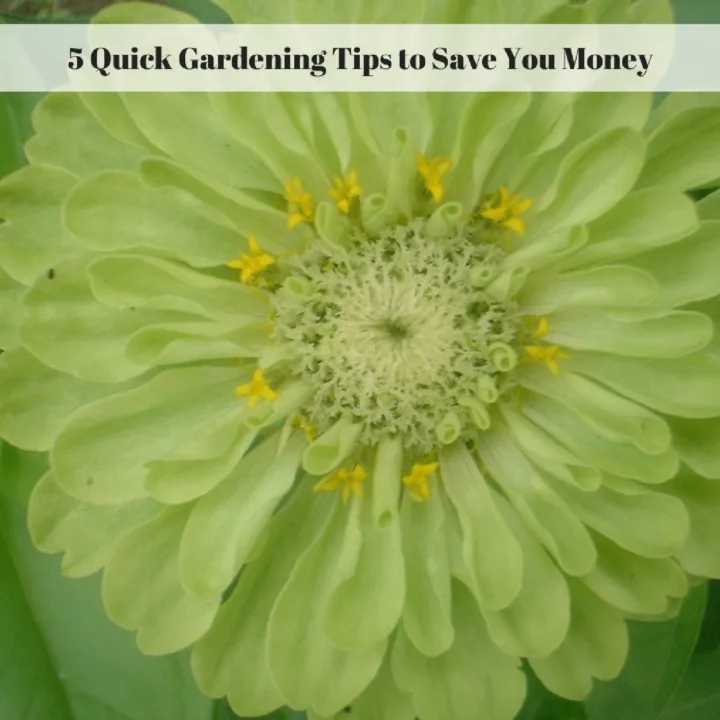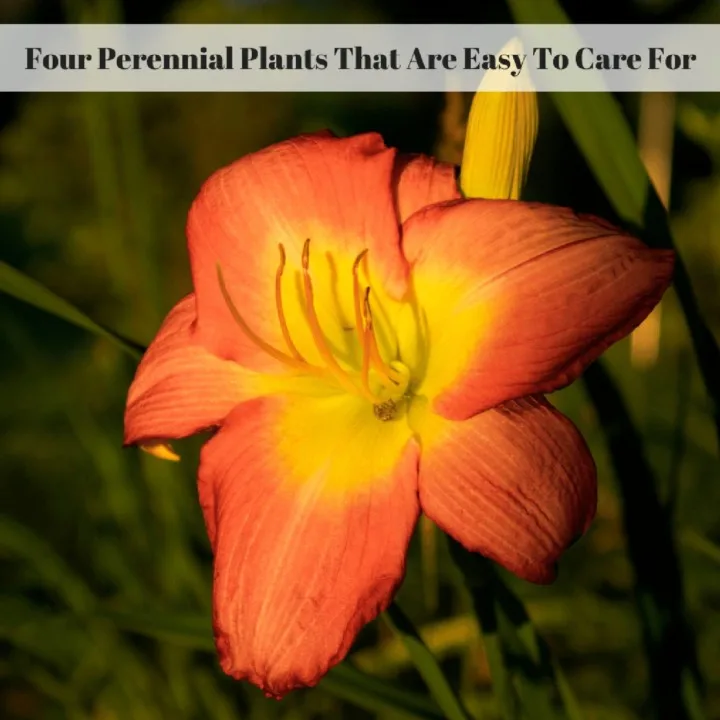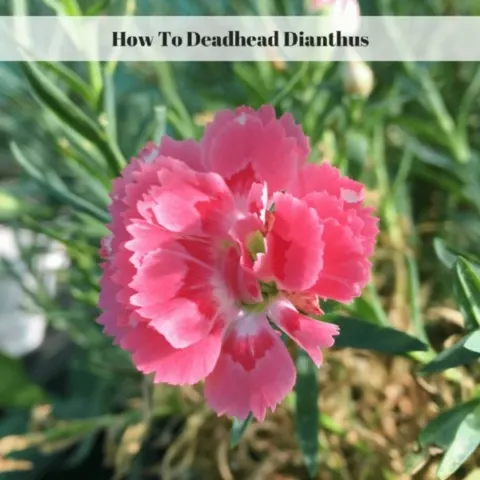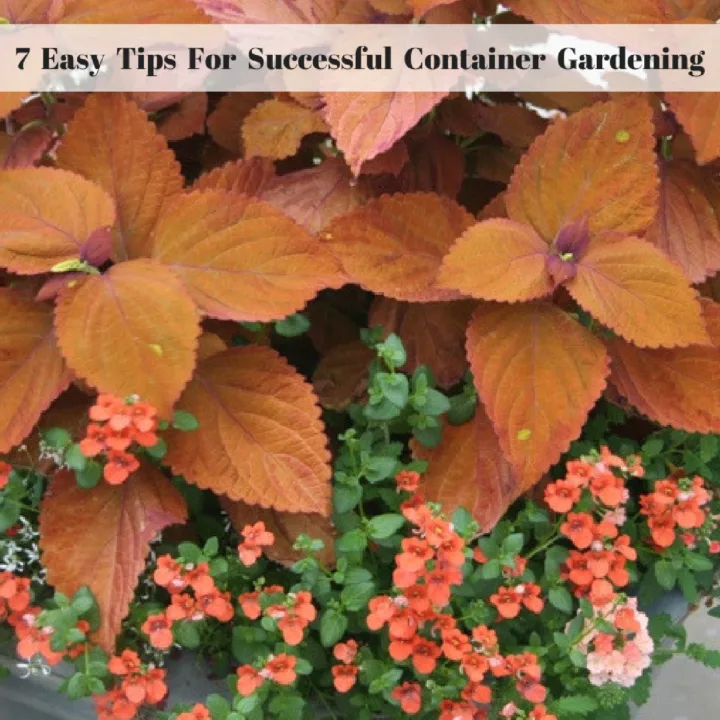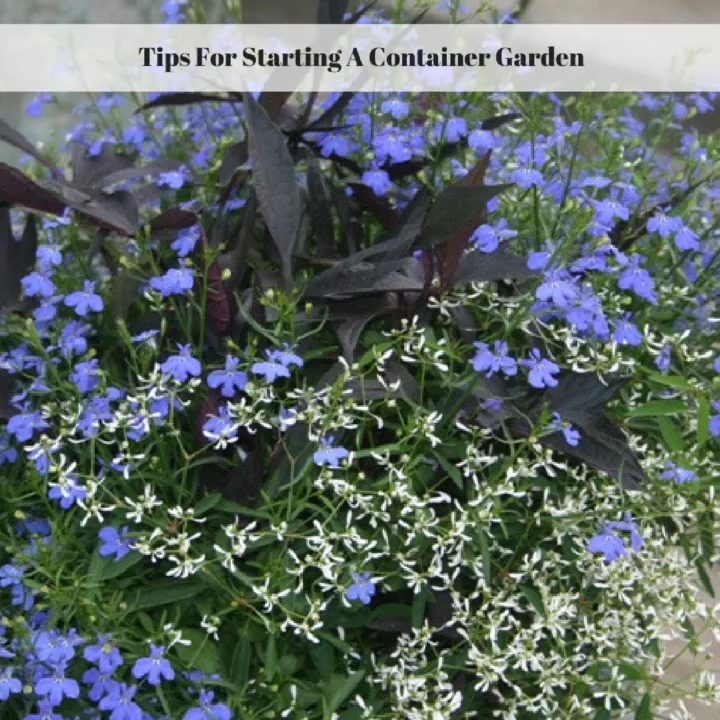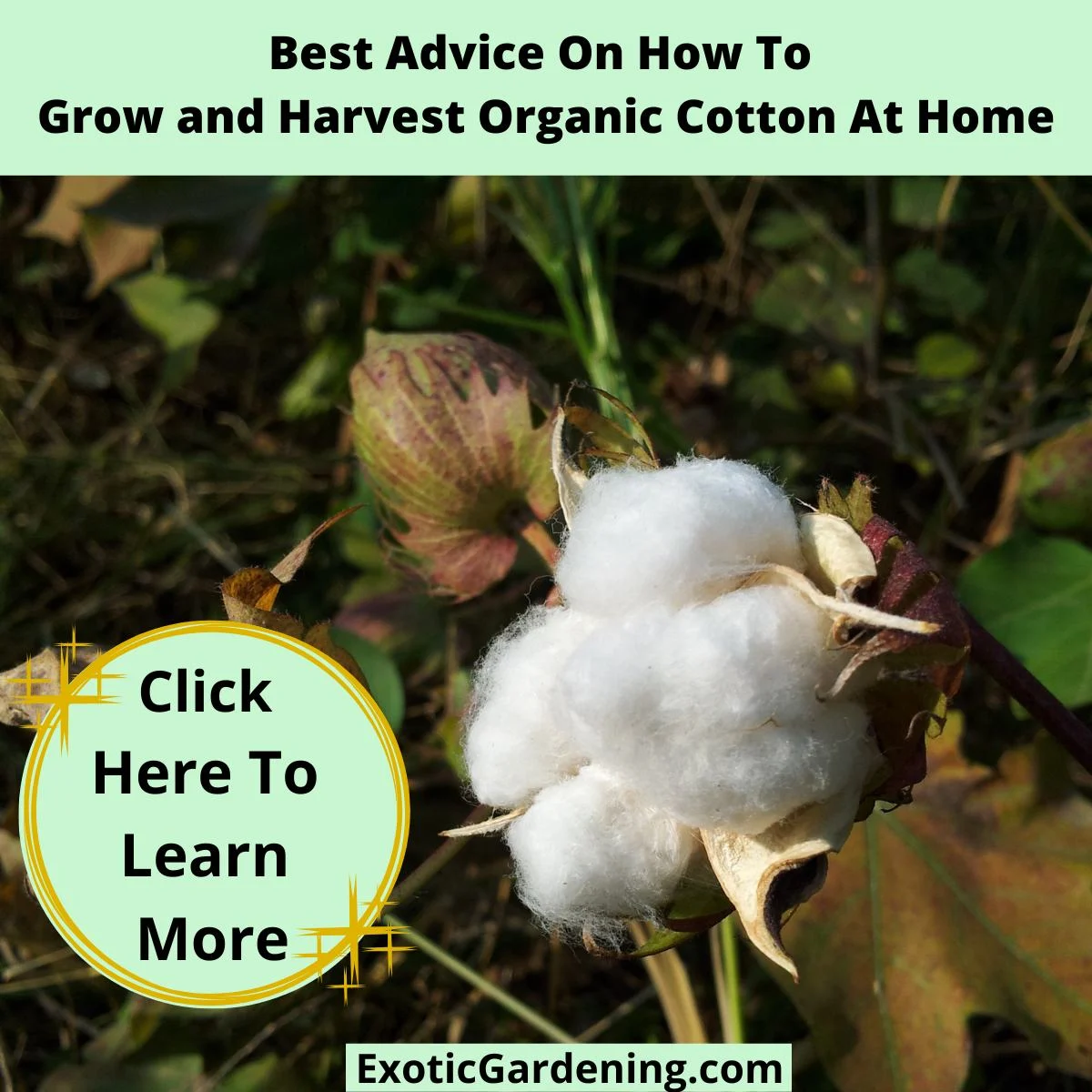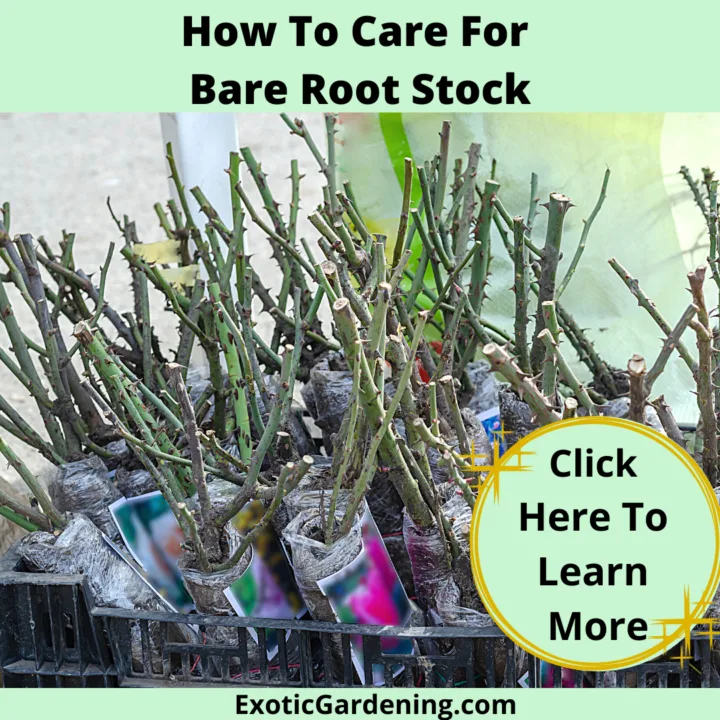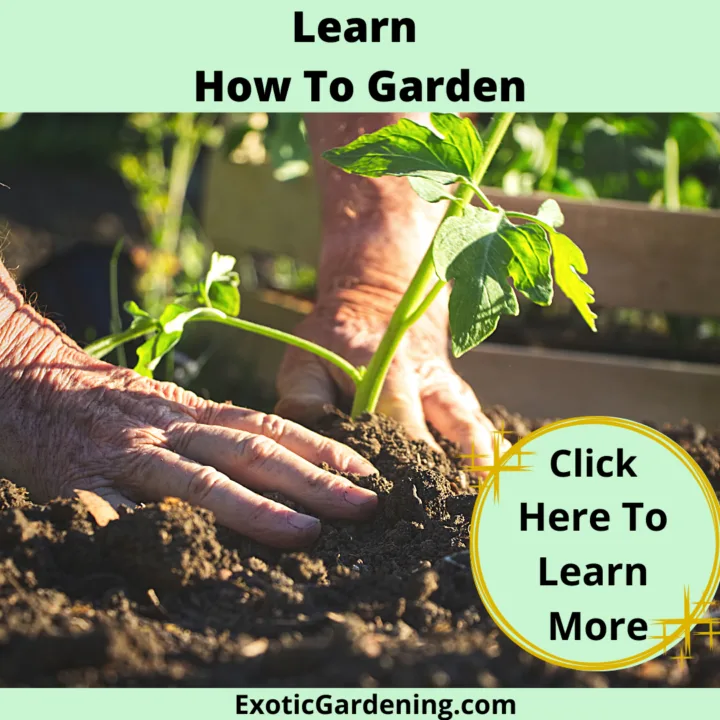These gardening tips for beginners are meant are meant to help you understand that gardening can be fun and easy.
The key to success is to keep a few basic tips in mind and make a plan before you begin buying plants or preparing your flower beds or vegetable garden area.
There are also a few basic tools you need that really will make working in the soil so much easier.
Gardening Is A Satisfying Hobby
Nowadays, people of all ages see gardening as a rewarding hobby.
After all, there is no reason why they shouldn't!
With all potential benefits that come from growing a garden, there has never been a better time than right now to start growing your own plants indoors or out.
You will see a big difference when you get to reap the fruits of your own labor instead of just buying the fruits, vegetables, herbs or flowers that you want.
Not to mention those who grow a garden outdoors get the benefit of fresh air, sunshine and exercise.
Plus no matter what you prefer to grow, the satisfaction of knowing you did it yourself will be there.
Essential Gardening Supplies
Of course, regardless of what you grow, there are a few essential gardening supplies you need to have a bed of beautiful and colorful flowers.
These gardening tools are essential regardless of the style of garden you want to grow even if it is just a container planted with grown plants.
Here is a list of the basic gardening tools you need:
- trowel
- spade
- rake
- plants or seeds of your choice
- compost
- watering can
Garden Planning Tips For Beginners
It is also helpful to have some sort of garden plan based on the space that is available.
A garden plan will help you to arrange your flower beds, paths and areas that need to remain grass using the space you have available plus it make sure the design is pleasing to you before you start planting.
If this is a new garden, the first step is soil preparation, after all you can’t grow a garden in grass or weeds.
Make sure the area is tilled or hand-dug, free of weeds, and that the necessary amendments are added and worked into the ground so your soil is healthy.
The best amendment to start with, regardless of the type of soil you have, is compost.
If possible, lay down big sheets of cardboard to help kill weeds and grass the fall before you intend to plant.
Then you need to decide if you want to grow flowers, herbs, vegetables, or a combination of these types of plants.
Consider what your family would get the most use out of as well as what you would enjoy growing.
Decide What You Want To Grow
Now ask some more specific questions.
If you want to grow flowers, do you want flowers that are fragrant, flowers that are a certain color, good for drying, or attractive to butterflies?
Then consider the planting space you have available to help you determine how many plants you can grow in the area you have available to you.
If you’re planting close for weed control, choose annuals or intermix annuals and perennials.
If you grow perennials by themselves, frequent dividing will be necessary if they planted too close together.
There are some flowers, such as marigold, nasturtium, and zinnia, which do well in vegetable gardens.
Don’t be afraid to experiment, and remember that gardens are ever-changing.
Choose The Right Plants
The next step is to choose the right plants for your garden.
The kinds of plants that you will grow will depend on what you want to accomplish, the availability, and the climate that your location has.
Plants that grow only for the season are known as annuals but there are others too that can be cultivated to grow year after year.
Plants that come back year after year are referred to as perennials.
If you don't know what plants to start growing, you can always ask assistance from your local nursery.
The experts there should know what types of plants thrive in your area.
Where To Get Plants For Your Garden
Your local nursery is a good place to start buying the plants you want to grow in your garden.
There are two ways to get started, by buying seeds or plants.
For the beginning gardener, starting with plants is often easier and more rewarding because they bloom faster than if you start from seed.
You can also obtain plants and seeds online and wait for them to arrive in the mail.
However this takes a little more research on your part if you want to make sure the plants will thrive in your USDA Hardiness Zone.
Gardening Tips For Beginners Dealing With Bare-Root Plants
In the event you decide to order plants online, expect them to arrive early in the season and to come without any soil on their roots.
- Unpack your bare-root, mail order plants as soon as they arrive.
- Trim off any damaged or dangling roots.
- Add a small amount of organic fertilizer or plant starter to a dark colored bucket filled with enough water to cover the plants roots.
- Be sure to mix the fertilizer and water well before adding the plants.
- Submerge the plant roots in the water.If there is not enough water in the bucket to cover the roots, add a little more.
- It is important that the roots remain moist so the plant does not die.
- Allow the plant to soak in the bucket for at least an hour before you plant it.
- While the plant is soaking, prepare the area where the plant is going to be planted.
- Dig a hole double the size of the root ball of the plant.
- Mix some compost or organic fertilizer into the soil you have removed from the hole.
- Remove the plants, one at a time, from their containers and inspect each one carefully.
- Make a note of any damage.
- Use a shovel to make a mound of the amended soil in the center of the hole.
- Place the plant in the hole on top of the mound of soil making sure it is fits into the hole well enough so the dirt will cover the roots.
- Be sure to spread out the plant’s roots.
- This will encourage better root growth.
- Fill in the hole with soil and then place a shoebox or a paper cone over the plant for at least one day.
- If you are planting on a cloudy or overcast day, covering the plant with a shoebox or paper cone is not necessary, nor is it necessary to do this for plants that are still dormant.
- A dormant plant will not have any open leaves on it, although there may be leaf buds.
- Allow a garden hose to run slowly into the hole as you are planting.
- This will help the dirt settle around the plants roots.
- Doing this is important because it helps eliminate any possible air holes, which could damage the plants roots.
- Once your new plants are in the ground, be sure to water at least once a week.
- Give the plants a good soaking to encourage the roots to grow into the ground and not directly below the ground surface.
Additional Gardening Resources For Beginners
Are you looking for even more gardening tips for beginners?
Then be sure to check out my eBook 101 Organic Gardening Tips
For those who prefer to take an online class, be sure to check out my eCourse Getting Started With Organic Gardening.
Gardening Tips For Beginners
Herb Garden Tips For Beginners
From how to grow herbs to how to harvest herbs and everything in between, these herb garden tips give bite sized information ideal for beginners.
Herb Gardening Tips For Beginners
Follow these simple herb gardening tips for beginners to successfully start your herb garden. These herb garden tips are ideal for container gardens too.
Learn What To Plant In This Easy Herb Garden For Beginners
Knowing what to plant makes creating an easy herb garden for beginners to tend much more enjoyable. Try these eight herbs.
Gardening During A Heatwave
Gardening during a heatwave is not ideal for you or your plants, but done right, your plants will not only live but thrive.
Understanding Why Your Hardiness Zone Matters
Knowing the hardiness zone lets you know if a plant will survive in your area. Learn about the importance of the USDA hardiness zone.
How To Make Compost At Home
Learn how to make compost at home using materials you already have on hand and are likely to throw into the trash and send to the local landfill.
The Best Time To Plant Bulbs
Have you ever wondered what time of year to plant bulbs? Find out what the best time to plant bulbs is according to your specific bulb planting region!
4 Easy To Grow, Edible Organic Flowers
Check out these four easy to grow edible organic flowers that provide food for you, nectar for pollinators plus double as companion plants!
5 Quick Gardening Tips To Save You Money
Garden tips for beginners - and advanced gardeners alike - that are sure to help save money. These gardening tips are about more than just plant care!
Four Perennial Plants That Are Easy To Care For
These four perennial flowers are easy plants to care for. They multiply easily plus they attract a number of pollinators including butterflies and bees.
How To Deadhead Dianthus
Learn how to deadhead dianthus to get it to re-bloom or keep it tidy! Today I am going to share with you my how to deadhead dianthus flowers video.
7 Easy Tips for Successful Container Gardening
Show your passion for successful container gardening by excelling at it. These 7 container gardening tips are sure to increase your success.
Tips For Starting A Container Garden
Growing plants in containers is an ideal alternative to growing plants in the ground. Check out these tips for starting a container garden.
Best Advice On How To Grow and Harvest Organic Cotton At Home
Learn how to grow and harvest organic cotton at home, even in northern climates, with beginner-friendly, step-by-step tips.
How To Care For Bare Root Stock
Learn how to care for bare root stock such as roses, woody plants or bulbs that typically are the first to arrive in stores or via mail order.
Learn How To Garden
Learn how to garden with online courses, eBooks, paperback books and printables from gradening expert Sheri Ann Richerson.

